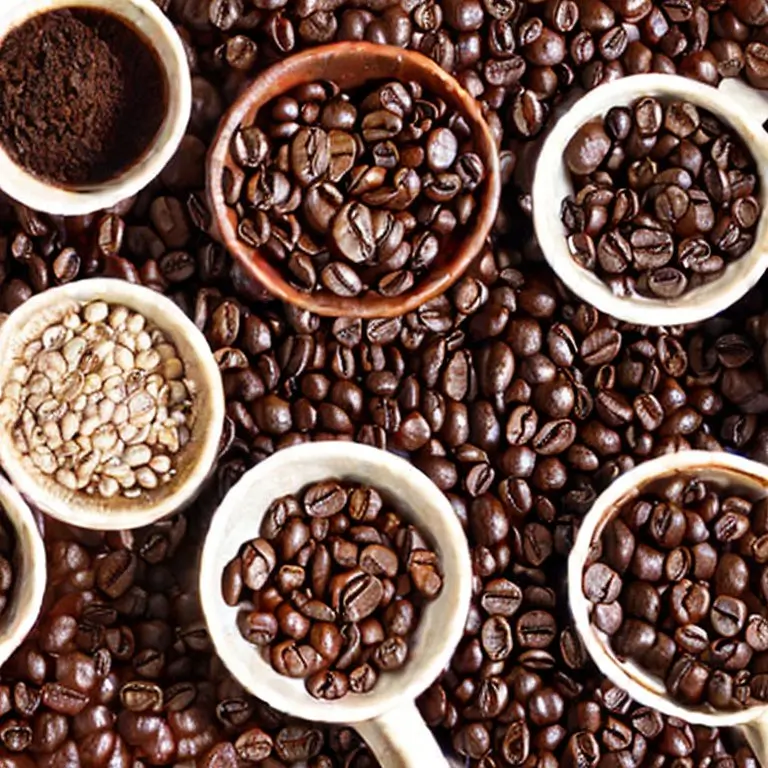The Ultimate Guide to Kona Coffee Beans
4 min read

The Ultimate Guide to Kona Coffee Beans
History of Kona Coffee Beans
Kona’s unique climate, which includes a combination of warm tropical sun and cool mountain air, along with its volcanic soil, creates a perfect environment for coffee cultivation. By the mid-1800s, Kona coffee had gained popularity in the US and Europe, and Hawaii was exporting coffee along with sugar and pineapple.
Today, Kona coffee is known worldwide for its exceptional flavor and quality. It is estimated that only 1% of the world’s coffee supply is Kona coffee.
Science behind Kona Coffee Beans
The combination of warm sun and cool mountain air creates optimal growing conditions for coffee trees. Warmth helps the beans ripen, while cooler temperatures at higher elevations slow down the ripening process, allowing beans to mature slowly and develop more flavor.
Proper roasting is essential to bringing out the flavor of Kona coffee. The longer the roasting process, the more bitter the coffee will taste. Kona coffee beans usually require a medium roast, which enhances the beans’ natural sweetness while preserving their unique flavor.
Culture of Kona Coffee Beans
Kona coffee farmers take pride in their work and are dedicated to producing high-quality coffee. They follow a strict set of guidelines for cultivation and harvesting to ensure each bean is of the highest quality. The coffee harvest is a community event, with neighbors and friends helping each other pick the ripe coffee cherries.
Kona coffee is also celebrated in Hawaii’s culinary scene. It is often served in specialty coffee shops and showcased in dishes like coffee-rubbed steak or Kona coffee-glazed pork.
The Future of Kona Coffee Beans
As coffee consumption continues to rise globally, the demand for high-quality coffee like Kona coffee will also increase. Supporting small-scale coffee farmers and investing in local coffee production can help sustain the industry and preserve the cultural heritage of Kona coffee.
In conclusion, Kona coffee beans are a unique and fascinating subject, offering insights into history, science, culture, and the future. Whether enjoyed in a cup at a local coffee shop or tasted in a culinary creation, Kona coffee beans remain a symbol of Hawaii’s rich and diverse heritage.







Wow, this guide sounds really interesting! I’ve always enjoyed a good cup of coffee, but I didn’t know much about Kona coffee beans. It’s cool to learn about the history and culture behind this particular type of coffee. I’m excited to read more and maybe even try some for myself!